- Still amazingly practical
- Peppy 2L turbo gives more performance
- Excellent ownership credentials
- 110TSI is better value
- Some annoying DSG characteristics
- Karoq RS, please Skoda
It’s no secret that we’re big fans of the Skoda Karoq. The mid-size SUV has been slowly growing in sales so far in 2020, with buyers loving the Karoq’s combination of value, practicality and excellent driving dynamics. Until now however, the Karoq has only been offered in two-wheel drive form and Skoda has finally changed that with the arrival of the 2020 Skoda Karoq Sportline.
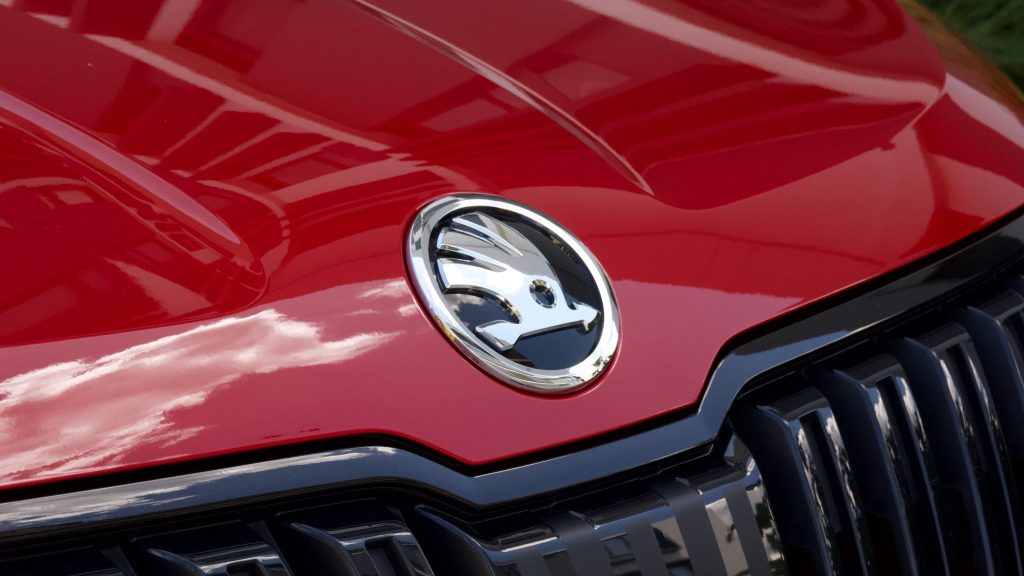
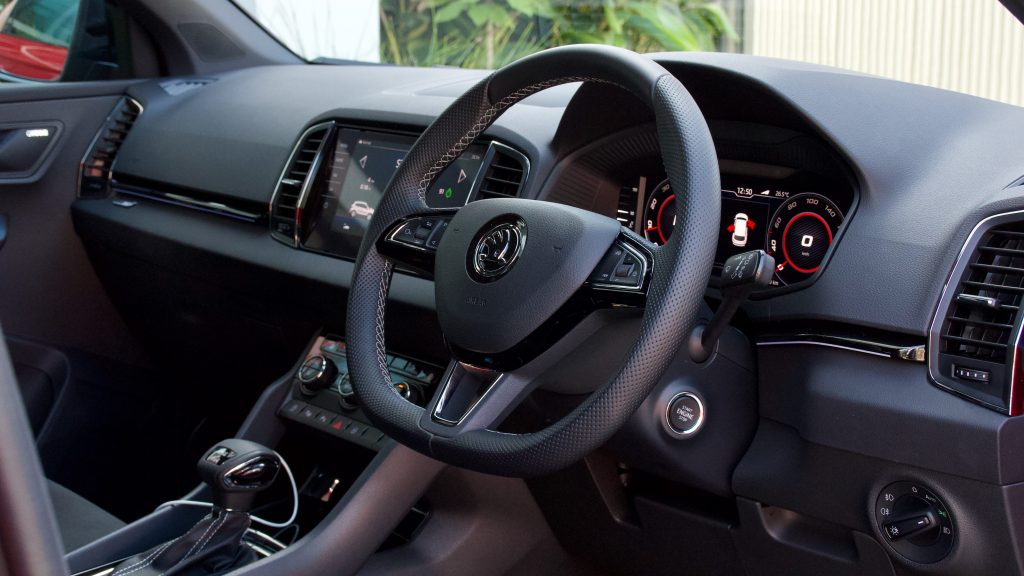
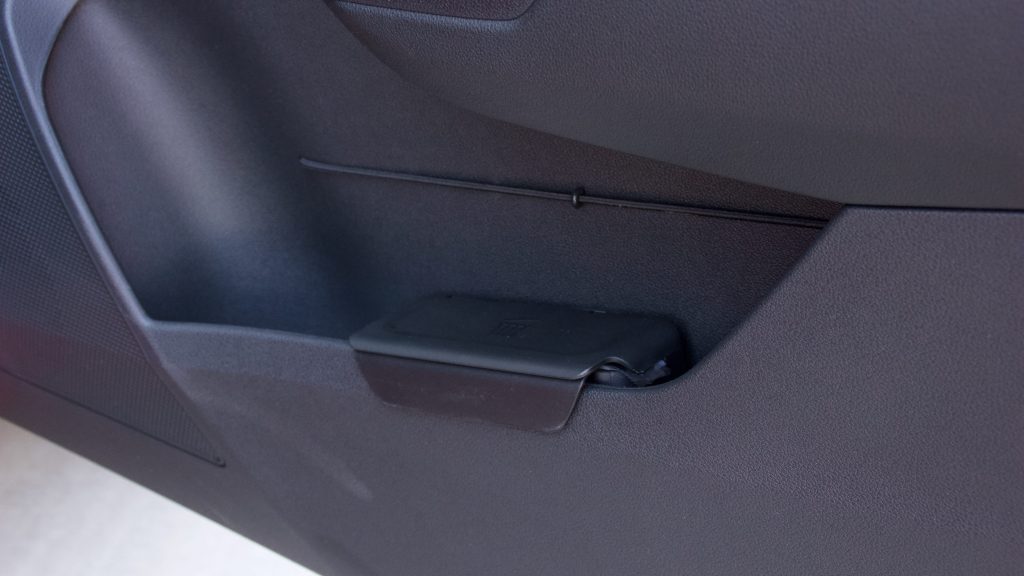
The Sportline also adds some fizz to the Karoq recipe in the form of a 2.0-litre turbo petrol engine, as well as sportier details that Australians love so much. Thankfully as well, the rest of the Karoq recipe hasn’t changed much, so is it still an excellent medium-sized SUV? Read on.
Price & Specs: 7/10
The Karoq Sportline is priced from $42,990 drive away, which is $7,000 more than the base Karoq 110TSI. Standard kit on the Sportline includes 19-inch alloy wheels, a sporty-looking body kit, sports seats, LED headlights with cornering fog lights, faux carbon fibre interior trim, front and rear parking sensors, auto-dimming/auto-folding mirrors, paddle shifters and gloss black detailing on the roof rails, windows, mirrors, grille, front and rear bumpers and badging.
That’s on top of the regular Karoq 110TSI’s healthy standard inclusions, which include auto lights and wipers, front and rear fog lights, dual-zone climate control, an 8.0-inch touchscreen with Apple CarPlay and Android Auto, a digital driver’s display, ambient lighting, adaptive cruise control, automatic emergency braking (AEB) with pedestrian detection, rear auto braking, driver fatigue detection and seven airbags.
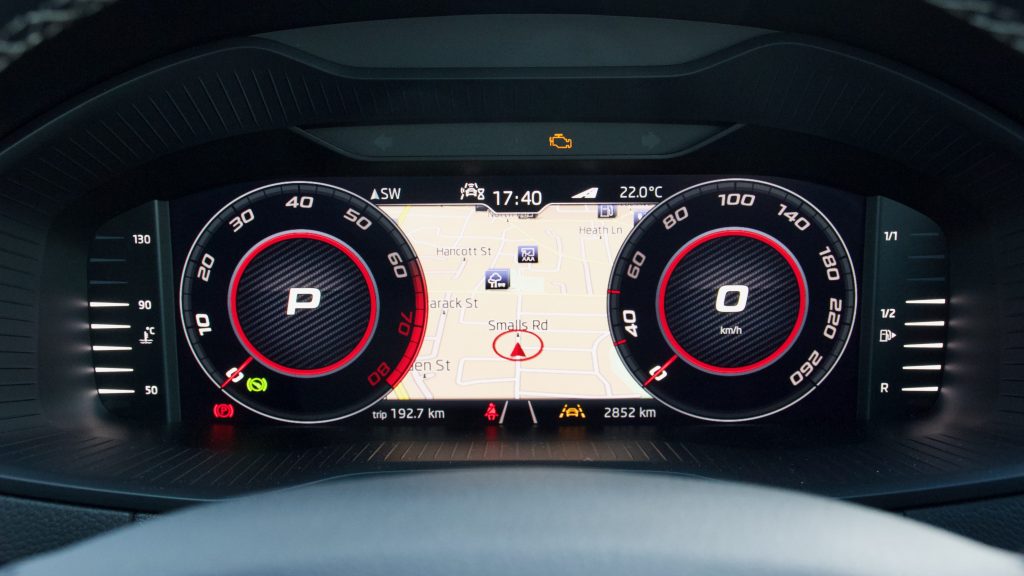
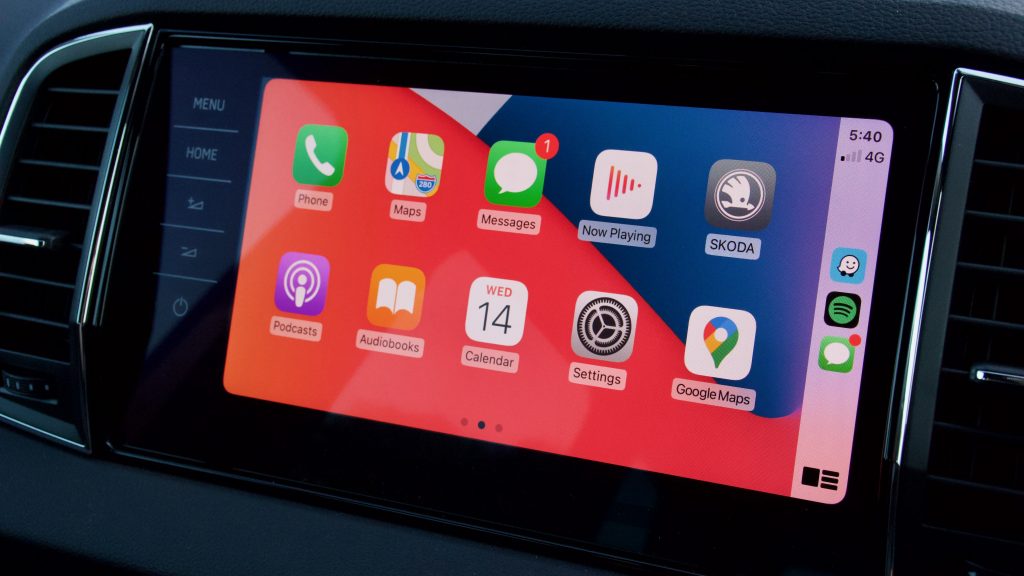
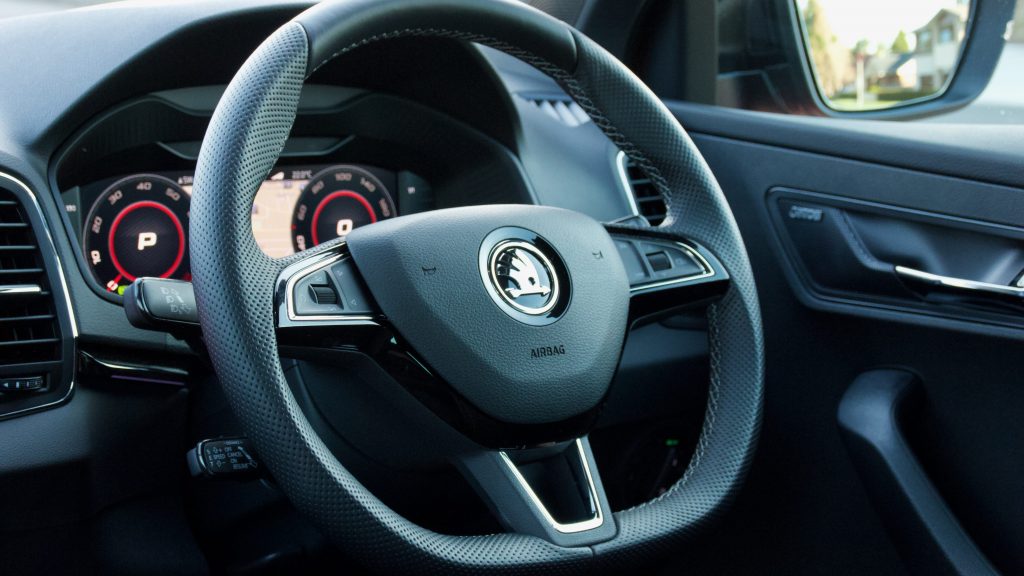
Like the Karoq 110TSI, there are options available for the Sportline. The $4,100 Tech Pack adds a larger 9.2-inch touchscreen with nav and digital radio, a 10-speaker Canton sound system, wireless phone charging, automatic parking and a kick-to-open bootlid.
The $2,600 Travel Pack (which should be standard equipment) adds lane keep assist, blind-spot monitoring, rear cross-traffic alert, heated front and rear seats, adaptive suspension and emergency assist, which stops the car safely if the driver becomes unresponsive.
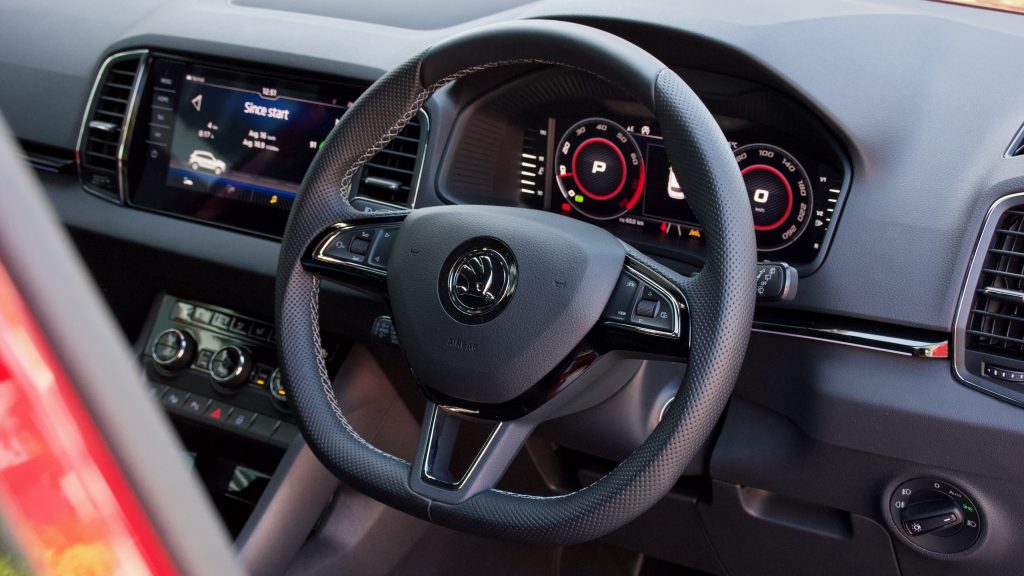
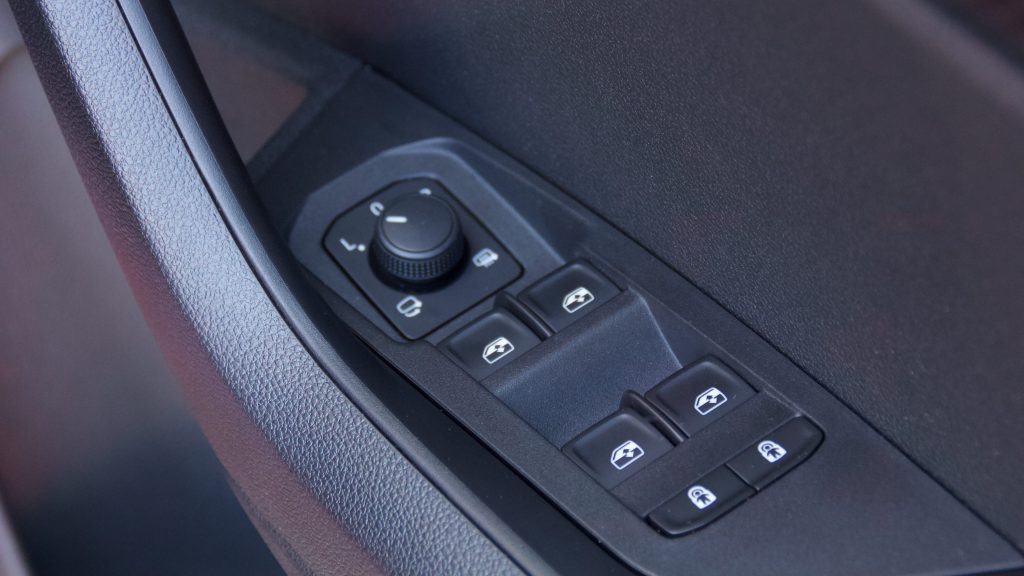
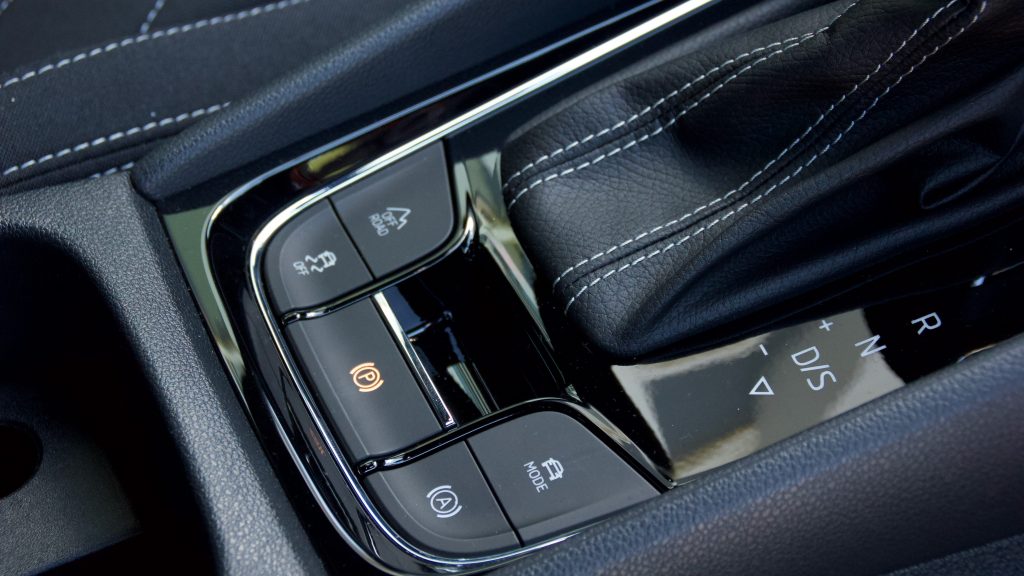
A $1,900 panoramic roof is also available, while metallic paint (‘Race Blue’, ‘Black Magic’, ‘Moon White’, ‘Brilliant Silver’ and ‘Quartz Grey) is $770 extra and the special ‘Red Velvet’ paint of our test car is $1,100.
Competitors for the Karoq Sportline come from different sizes – the $42,990 drive away Kia Seltos GT-Line, the $48,390 +ORC Mazda CX-5 GT 2.5 Turbo and the $40,490 +ORC Volkswagen T-Roc 140TSI (which shares the Karoq’s drivetrain).
Performance & Economy: 8/10
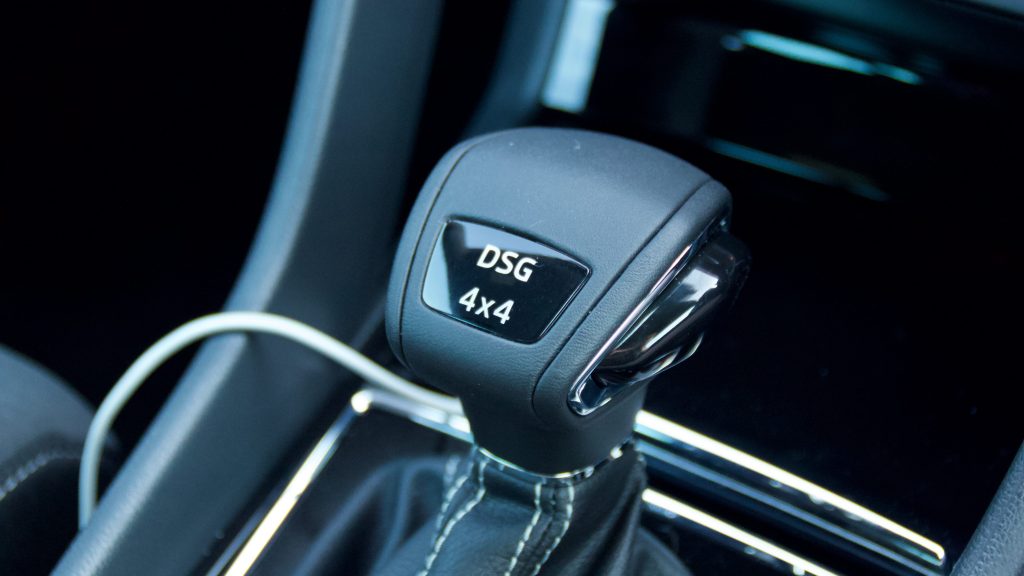
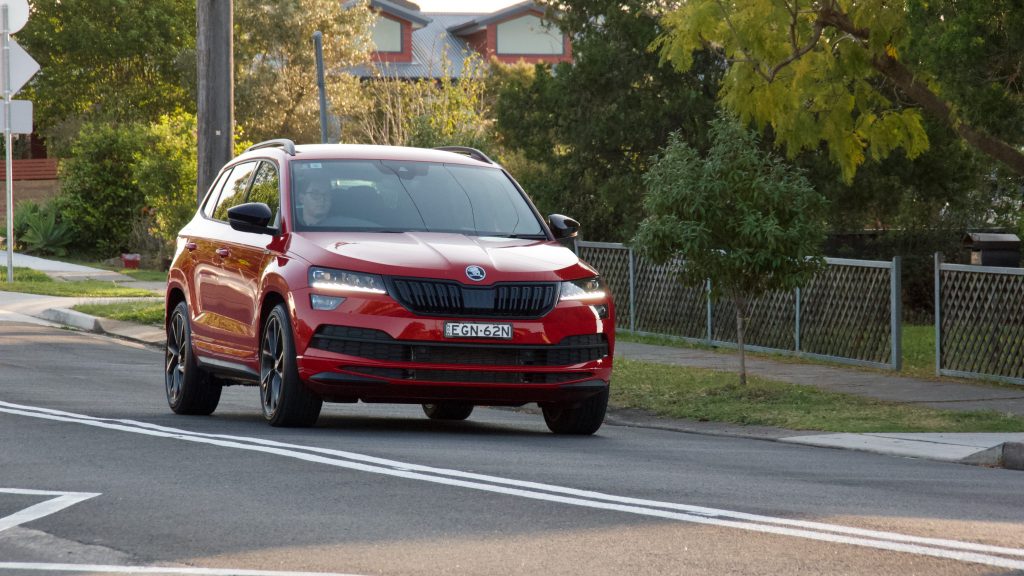
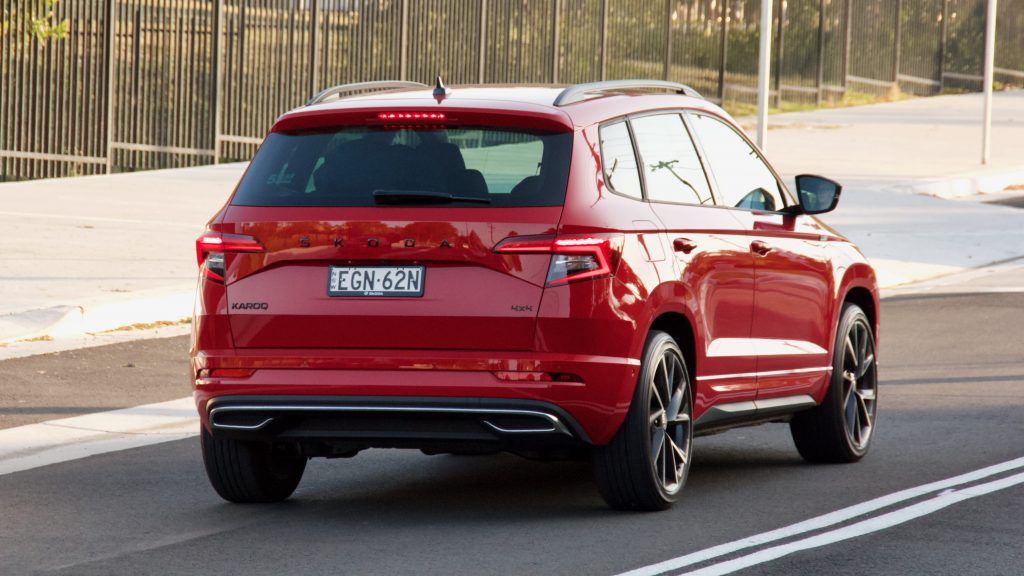
Unlike the Karoq 110TSI and its 1.4-litre petrol engine, the Sportline features a 140kW/320Nm 2.0-litre four-cylinder petrol engine. The same engine and tune features in the Volkswagen T-Roc 140TSI and the Audi Q2 40. As with a lot of other cars under the VW Group umbrella, the Karoq Sportline puts its power to all four wheels through a seven-speed dual-clutch auto.
The 2.0L engine is a great addition to the Karoq range. It’s a feisty performer, though it’s not quite as strong as the 162kW equivalent in the Tiguan 162TSI. Thankfully, it doesn’t weigh as much as the slightly larger Tiguan either, which makes it feel quite spritely – mid-range torque is particularly strong.
The only issue in the piece is the seven-speed dual-clutch auto, which just isn’t as intuitive as the older six-speed unit used in other VW Group products. Thankfully, there are also paddle shifters to help the gearbox and when on the move, it’s excellent. But not everybody buying the Sportline will want to go to the drag strip every day, and the Sportline proves a nice performance upgrade from the 110TSI – though we’re still waiting for the Karoq RS, Skoda!
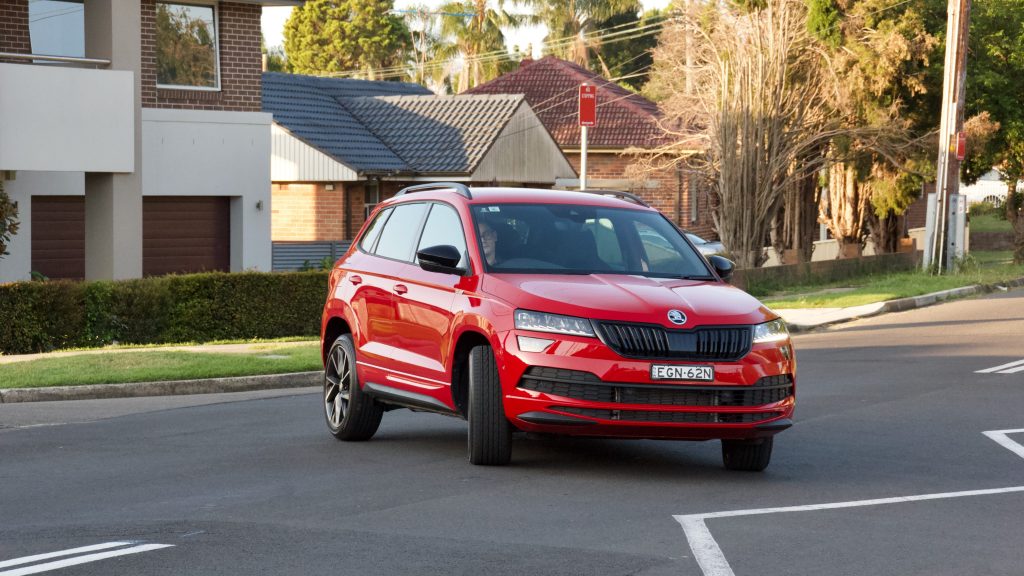
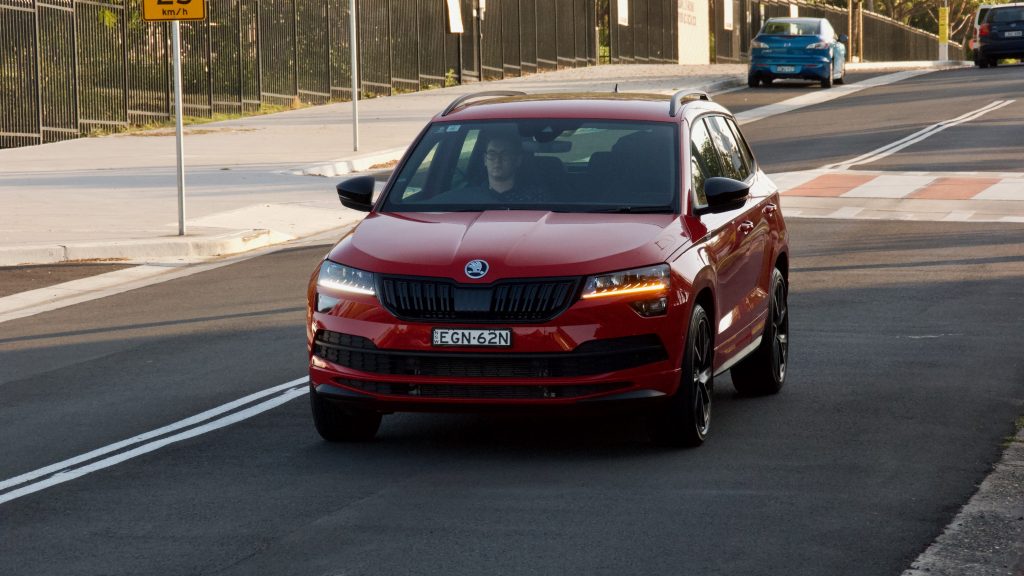
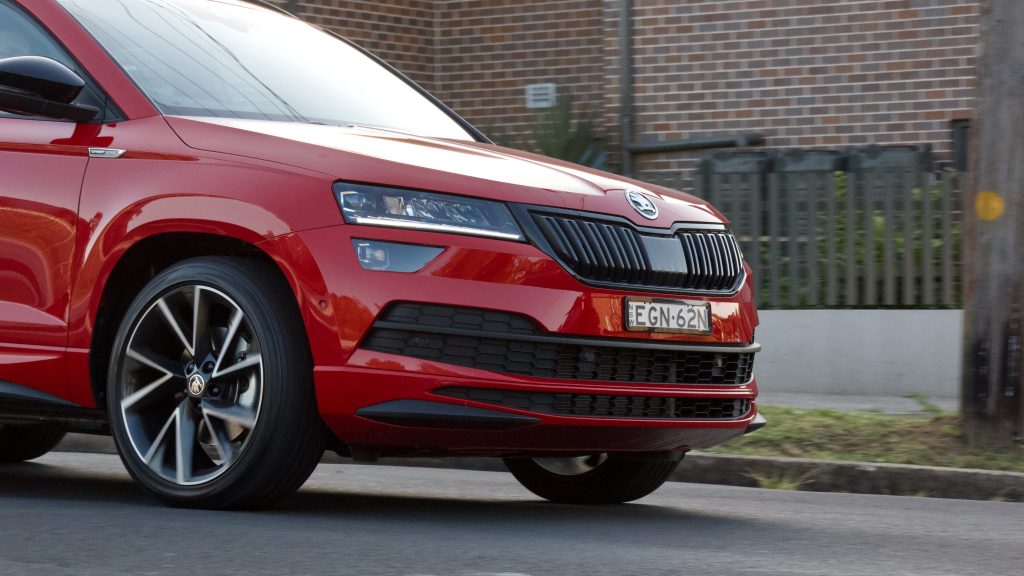
Skoda claims a 0-100km/h sprint time of 7.3 seconds, which is a 1.5 second improvement on the regular Karoq, and combined fuel economy is claimed at 6.9L/100km – just 0.3L/100km more than the 110TSI. In our testing, we got 8.4L/100km in a combination of urban and highway driving – pure highway driving will get that down to around 5.5-6L/100km.
It’s worth noting that the Karoq Sportline features a petrol particulate filter, and thanks to Australia’s awful fuel quality, the car must be filled with minimum 95RON fuel. That’s very important as repairing the PPF will likely cost a lot – but considering how much more sulphur is in lower grade fuels, you should be using minimum 95RON anyway for both your car and the environment.
Ride & Handling: 9/10
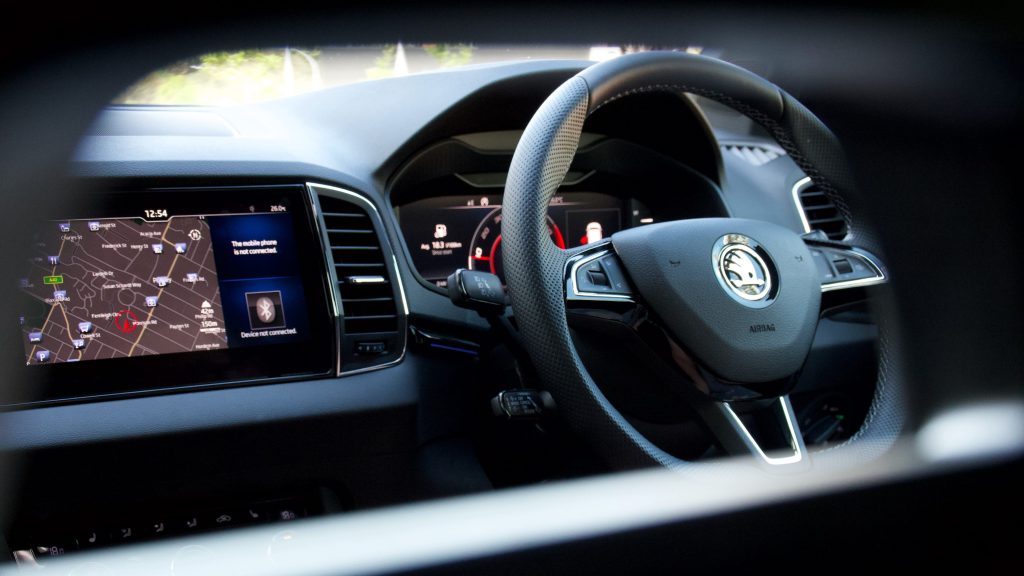
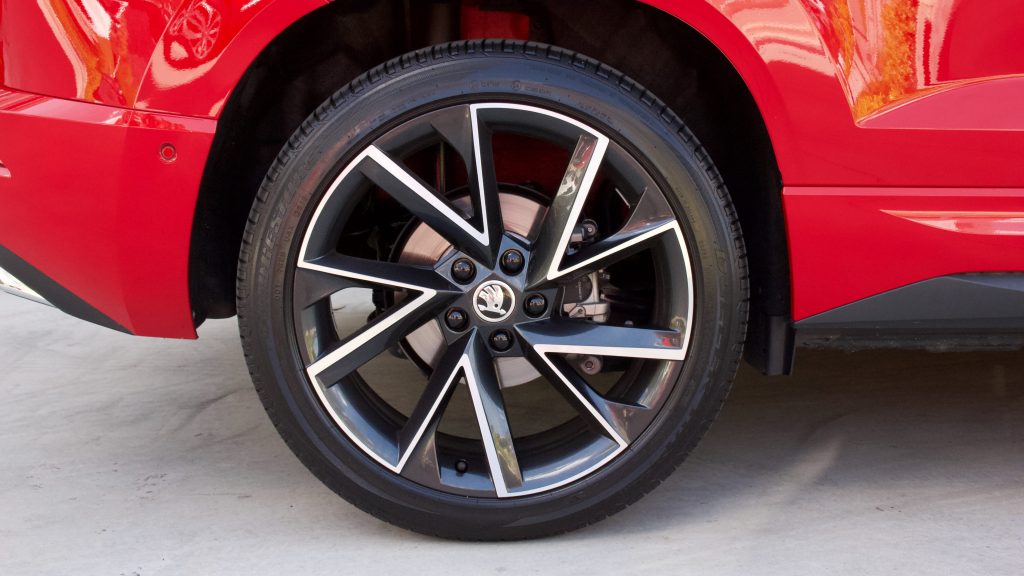
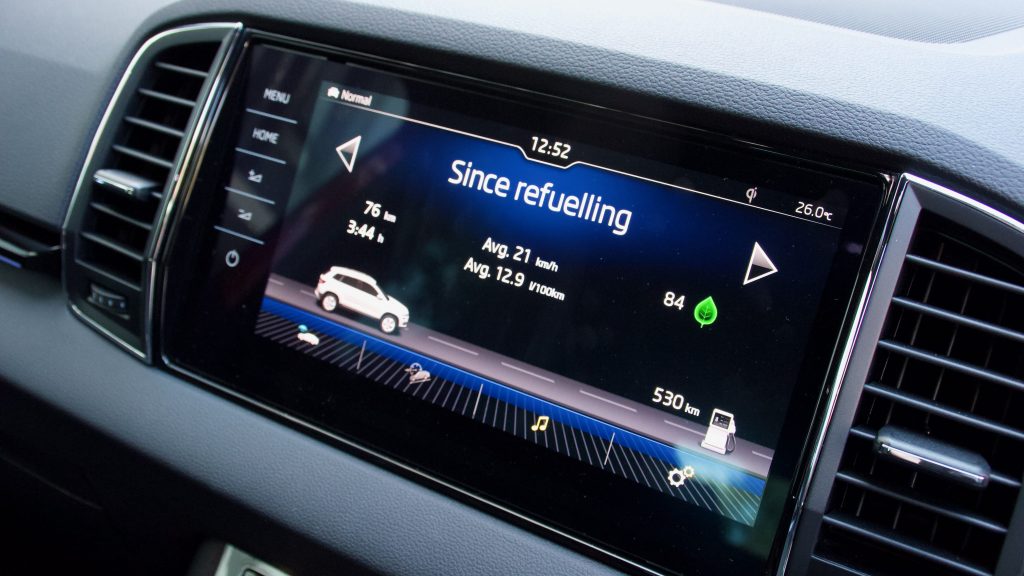
Despite being the sportier model in the Karoq range, the Sportline has a comfortable and supple ride. The 19-inch wheels do make some bumps a tad firm, but thanks to the adaptive dampers of the Tech Pack, the Karoq is extremely liveable. The ‘comfort’ mode makes things a bit floaty, while ‘sport’ mode firms things up – though it’s still not uncomfortable.
Yet thanks to the Sportline’s independent rear suspension system – versus the standard model’s torsion beam – it’s more comfortable across bad quality roads than the 110TSI. So, despite being more fun behind the wheel for keen drivers, it’s also a more pleasurable car to ride in for other people too. Unlike a lot of other SUVs, the 2020 Skoda Karoq Sportline is a fun car to drive. The all-wheel drive system really adds confidence, and the combination of this plus the accurate steering and keen turn in means you can have serious fun behind the wheel. It truly feels like a hot hatch instead of an SUV.
The steering uses Skoda’s ‘sport’ rack, which is quicker than the standard system. This makes it more fun to drive, and there’s a reasonable amount of feel too – plus, the turning circle is excellent. The visibility is excellent thanks to thin pillars and large windows, and road noise is well subdued too.
Interior & Practicality: 9/10
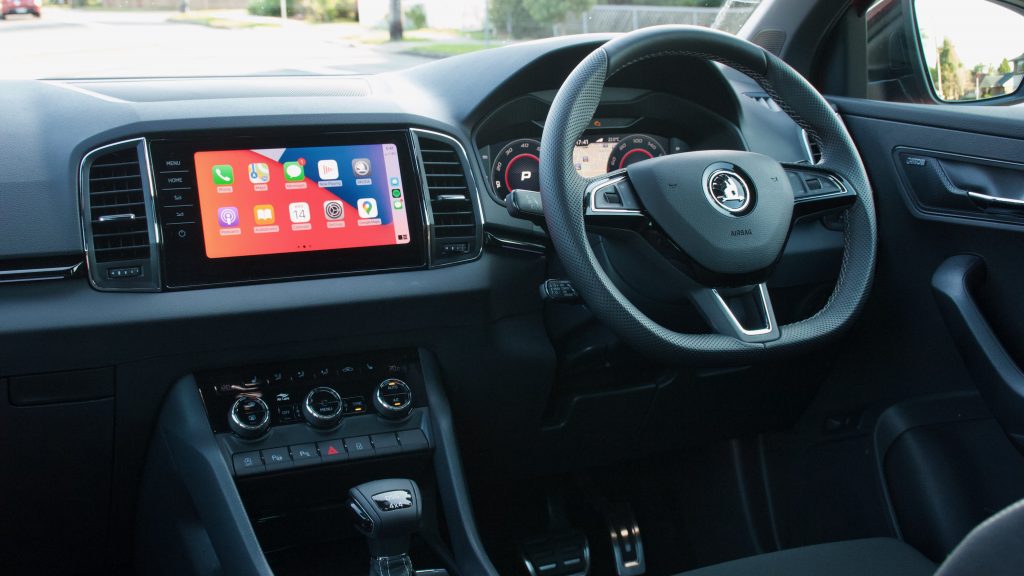
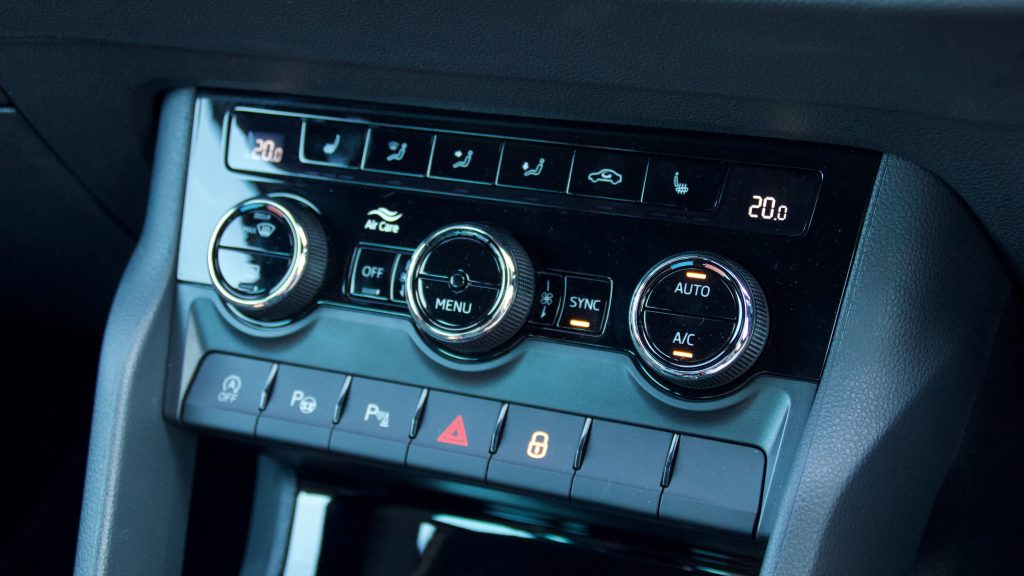
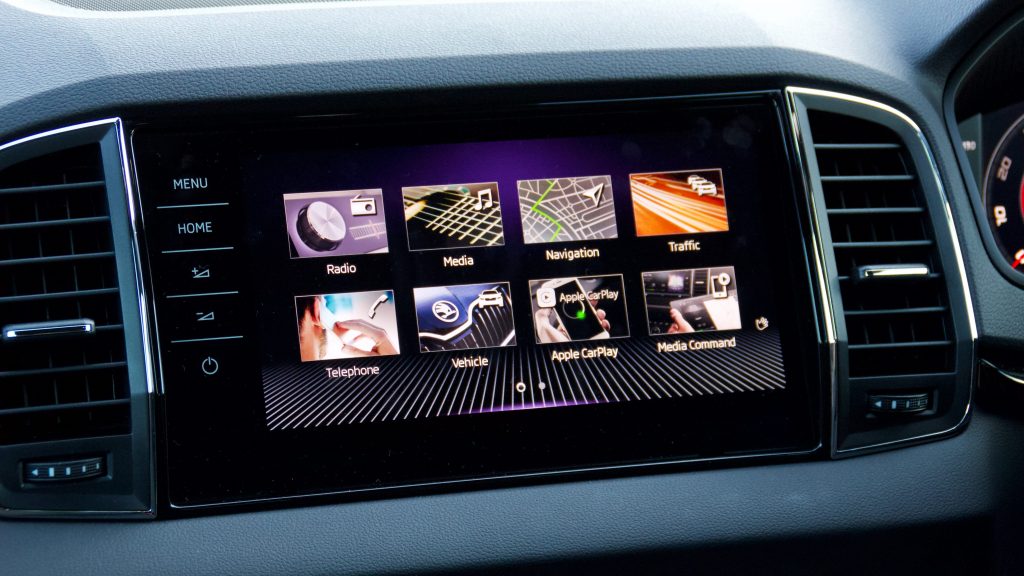
The interior of the 2020 Skoda Karoq Sportline mostly builds onto the 110TSI. The interior is still great quality with soft touch plastics on top of the dashboard and front door tops, as well as Skoda’s new ‘ThermoFlux’ cloth upholstery – though we don’t know why the Sportline doesn’t have suede and leather upholstery like its bigger Kodiaq and Superb Sportline siblings.
The flat-bottomed steering wheel features high quality perforated leather, while the soft touch materials even extend to the centre console. The door bins are huge with elastic to hold paper and face masks (how 2020 is that!), while the glovebox is cooled, the centre console features wireless charging, the cupholder area extends to the armrest.
Of course, the Skoda’s ‘simply clever’ features are also present in the Karoq Sportline – the bin in the driver’s door, the doble-sided boot mat, the parking ticket on the A-pillar, the umbrella under the front passenger’s seat and no less than four nets and hooks in the boot are signs that Skoda is still very focused on practicality and it’s these features that no other manufacturer offers.
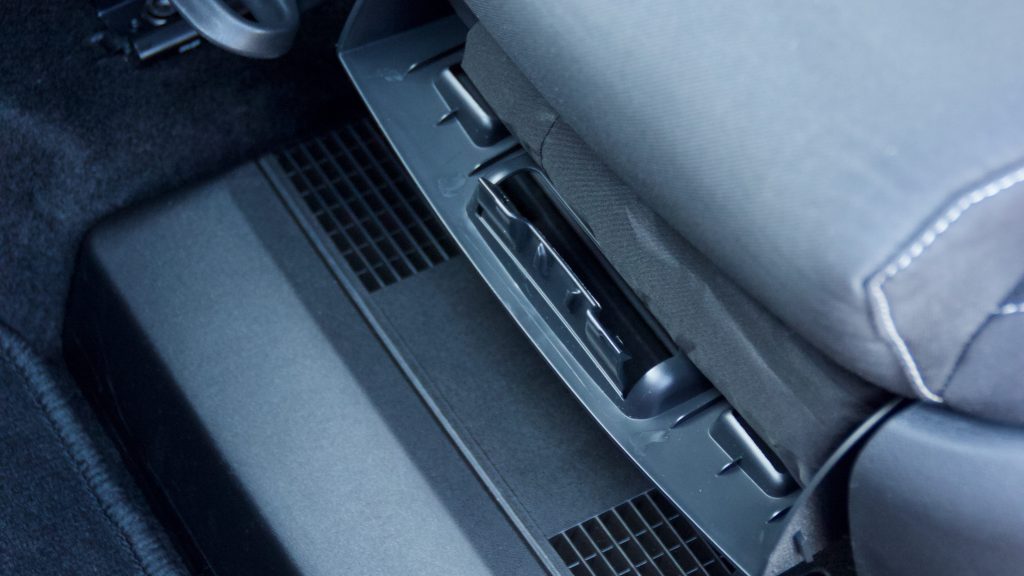
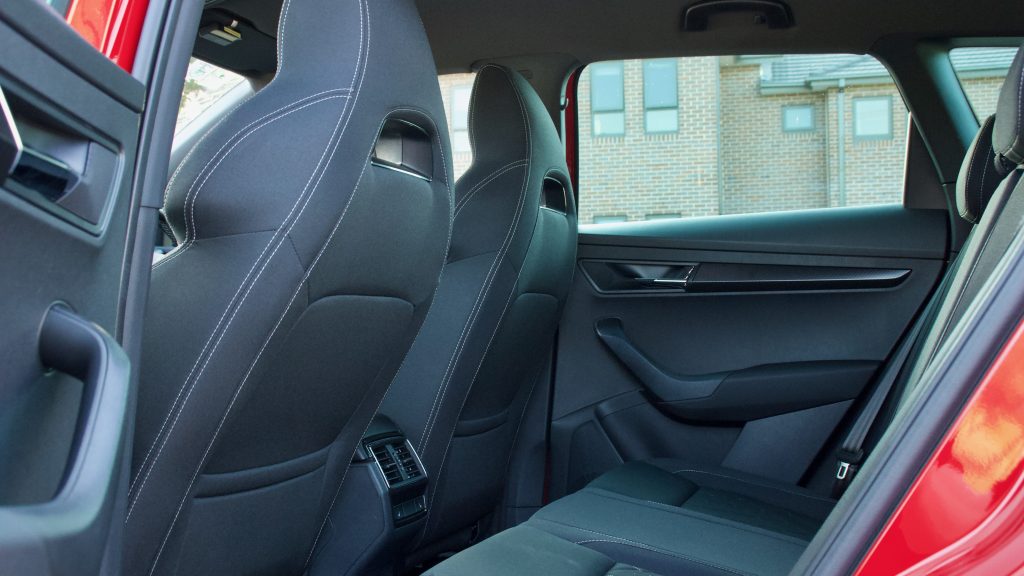
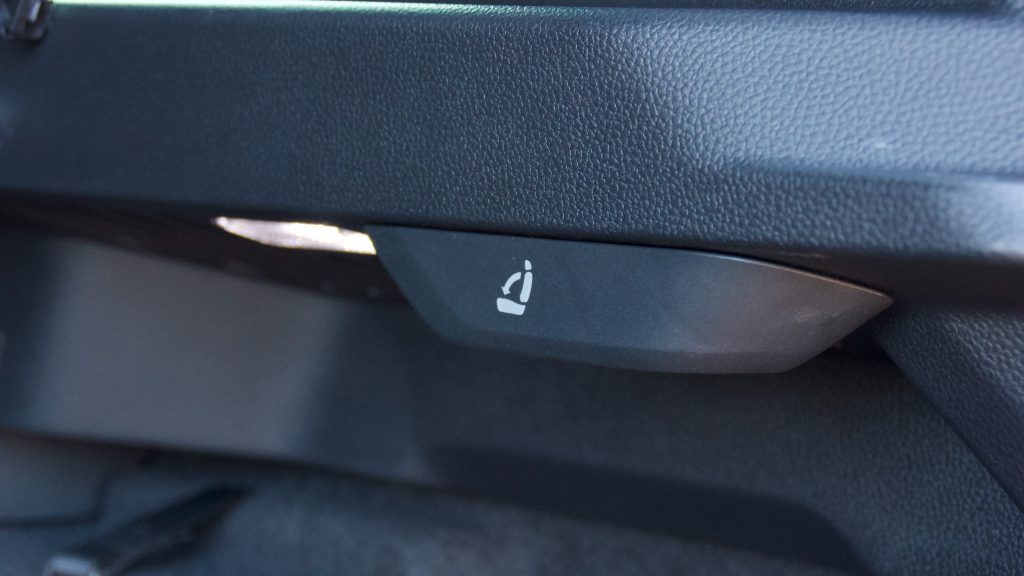
Our test car featured the optional Tech Pack, which adds a larger 9.2-inch centre screen with Apple CarPlay, Android Auto, inbuilt nav and digital radio. The screen itself is great quality and has a quick response time, though its volume control is A) not a knob and B) on the left side of the car.
The Sportline is a very spacious car, despite measuring that big on the outside. Knee and headroom are more than generous for my six-foot frame in both rows, while the rear seat also features a centre armrest with cupholders, as well as a 12V socket – though no USB ports just yet.
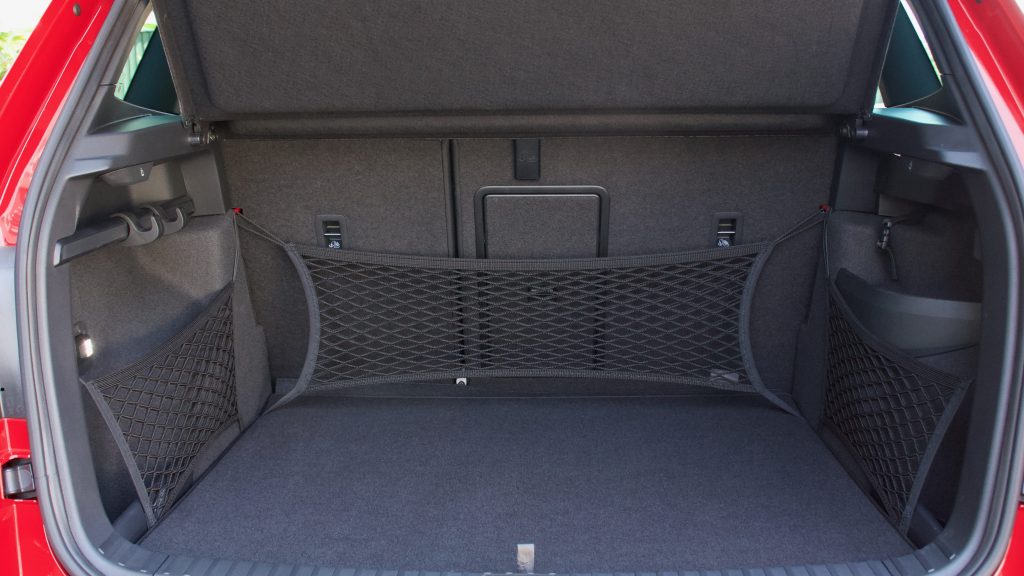
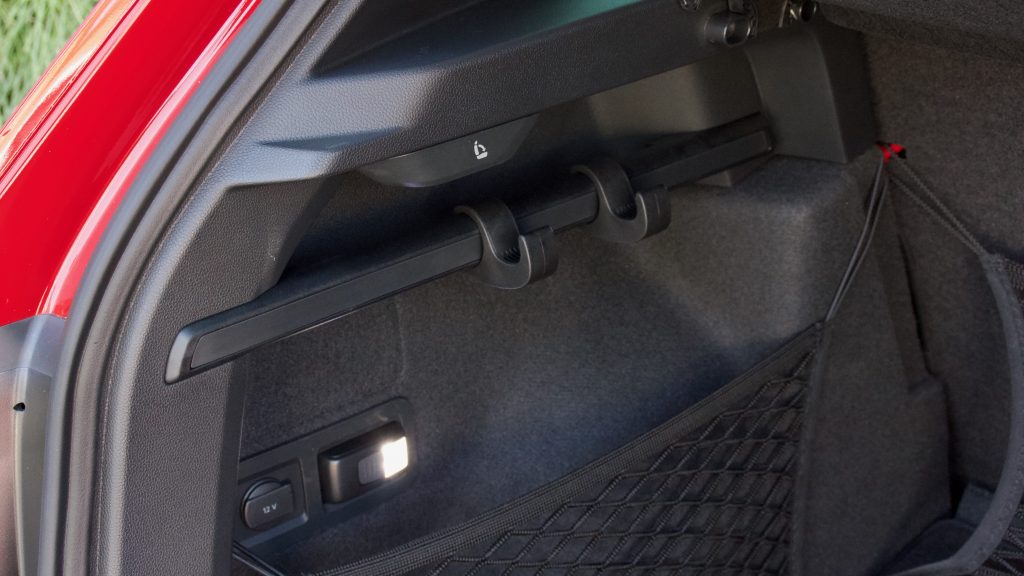
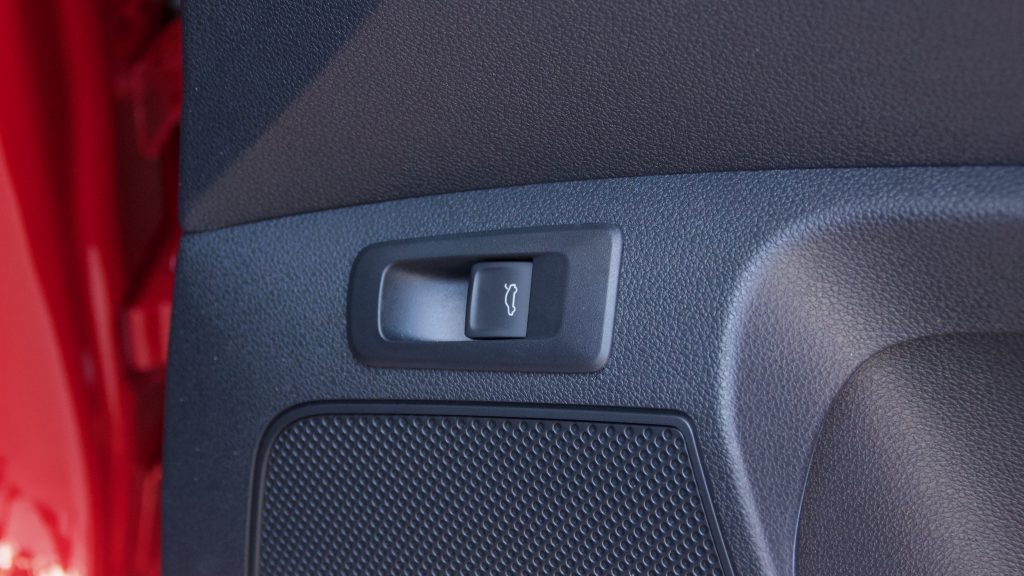
Unfortunately, the Karoq Sportline isn’t quite as practical as the regular Karoq – Skoda’s ‘VarioFlex’ removable rear seating system is not part of the Sportline’s kit, thanks to the more bolstered (or ‘sporty’) seat design. Because the rear seats don’t slide or recline and the lack of under floor storage (thanks to the all-wheel drive system), the Sportline’s boot offers 521L of space (1,630L with the rear seats folded), which is 129L/a whole 393L larger than the similarly sized T-Roc.
Still, that’s comfortably more than the CX-5’s 442L/1,342L boot, and the CX-5 is much bigger than the Karoq too. And there are still so many more features in the boot than competitors: the durable hooks, the nets, the double-sided boot floor mat and the remote pulls to lower the seats.
Service & Warranty: 8/10
Skoda was the first Euro car maker to offer a five-year/unlimited km warranty locally, and the recently introduced service plans (which are available to purchase before the car’s 15,000km/first year service – get it as part of your deal) are very good value at $800 for three years/45,000km ($266 per service) or $1,400 for five years/75,000km ($280 per service).
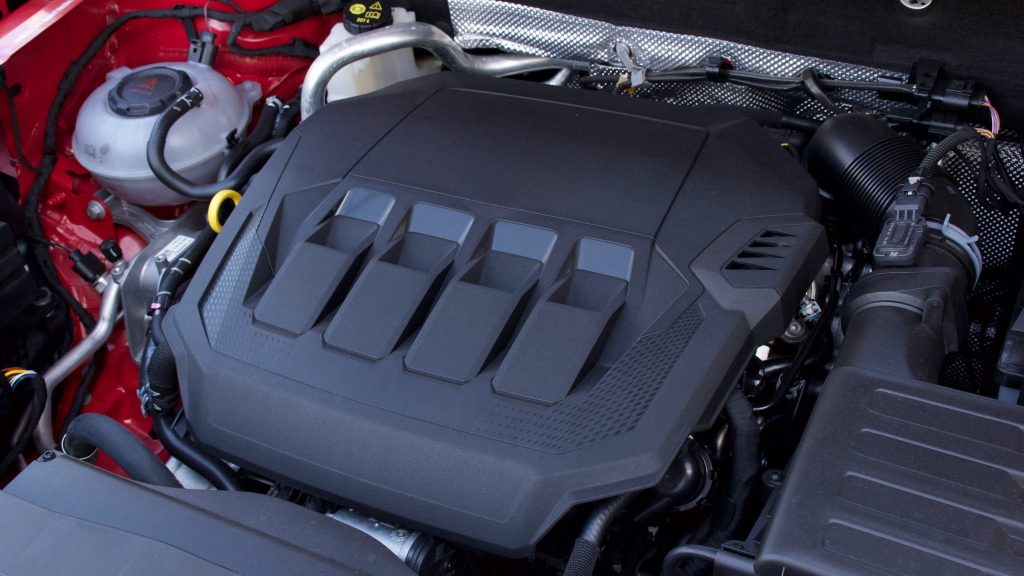
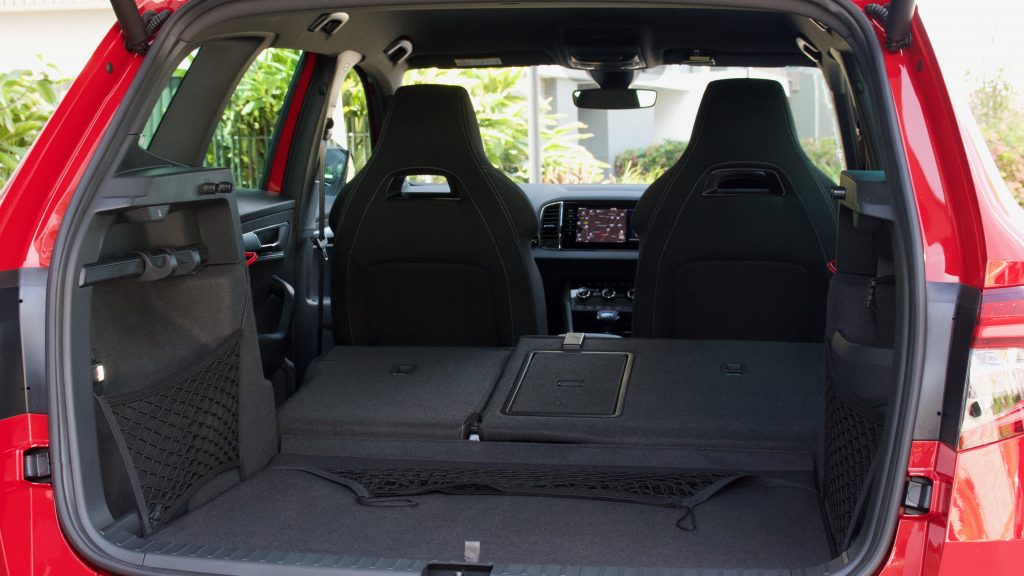
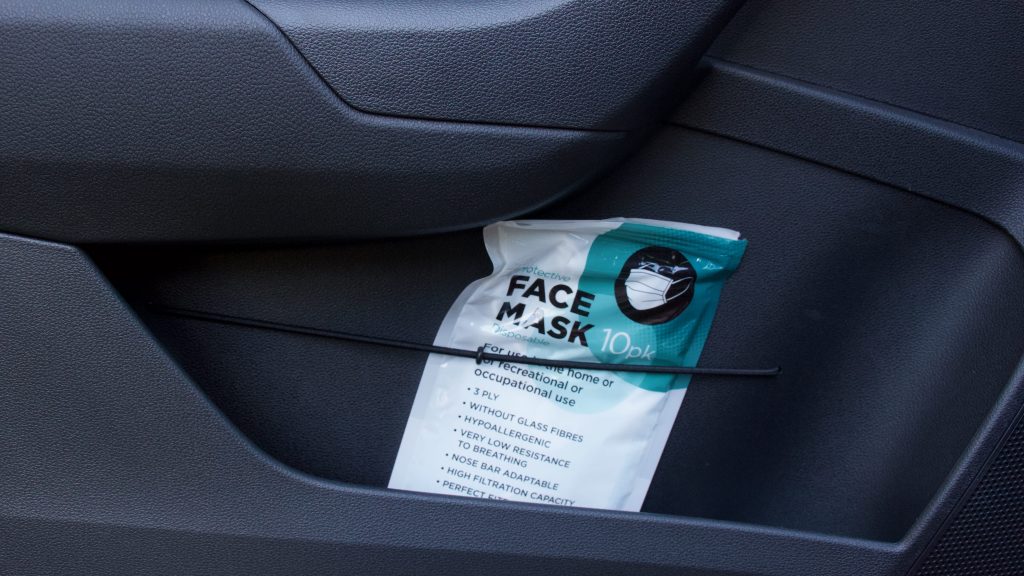
Over the same time period, the Mazda CX-5 2.5 turbo costs $2,019 ($404 per service) to service – but that’s only to 50,000km thanks to short 10,000km intervals. The Kia Seltos GT-Line costs even more at $2,025 ($405) over the same five years/50,000km – and again, it too features short 10,000km/yearly service intervals. A Volkswagen T-Roc 140TSI, with the same drivetrain as the Karoq, costs $2,796 over five years/75,000km ($560 per service).
DiscoverAuto 2020 Skoda Karoq Sportline Rating: 8.2/10
While it’s not quite as good value as the regular Karoq, and some more features should really be standard equipment, the Sportline is a great addition to the Karoq range. The 140kW 2.0-litre engine makes the Karoq a mover and the independent rear suspension makes it more of a shaker than the regular model too, and it’s a genuinely fun car that’s more of a hot hatch than an SUV.
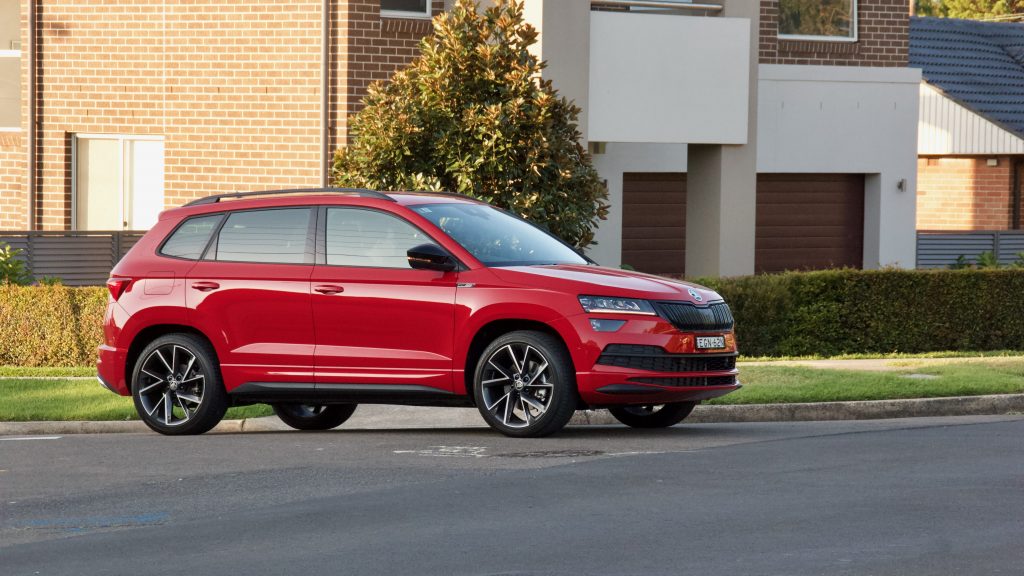
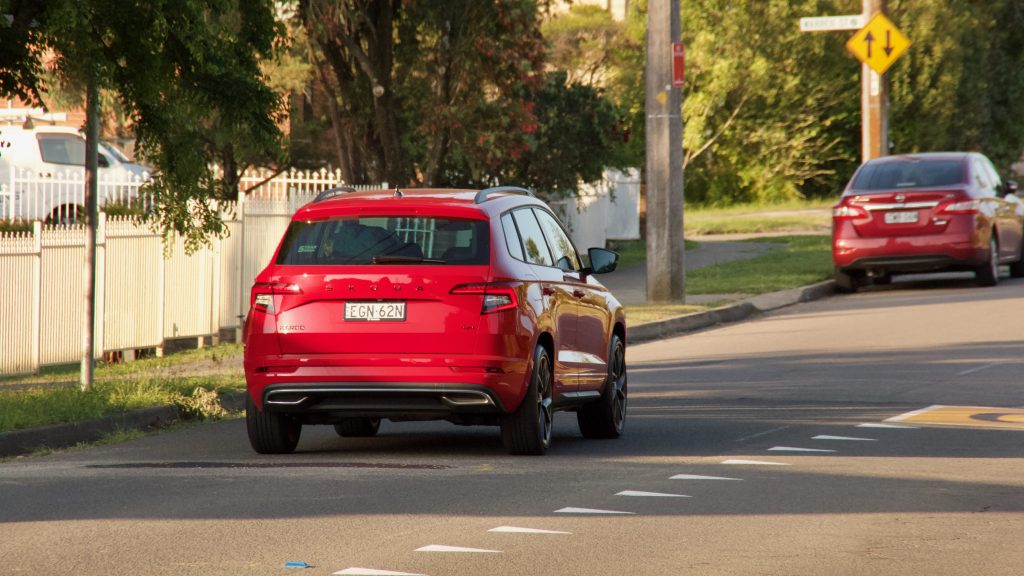
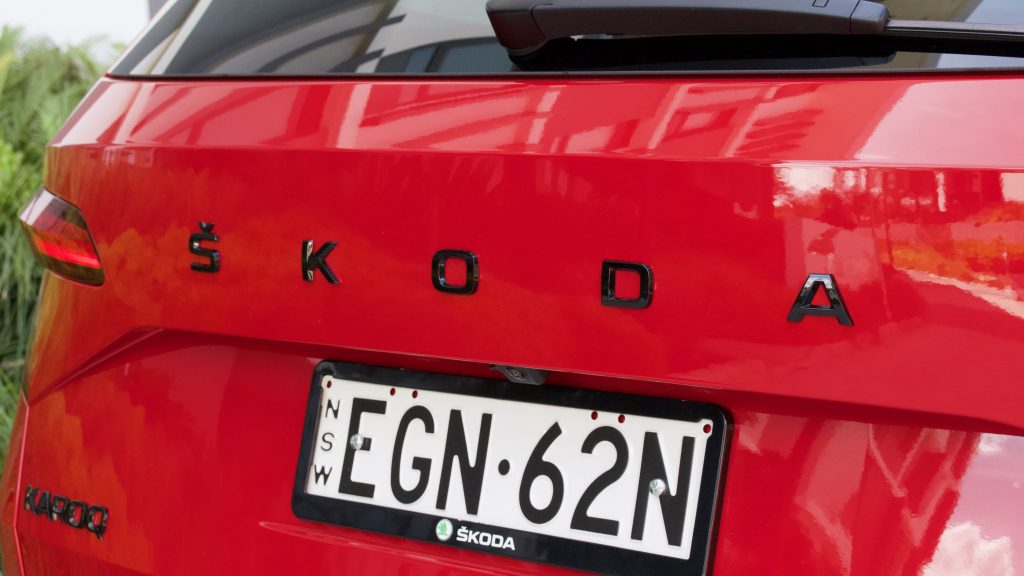
Yet the 2020 Skoda Karoq Sportline is still an extremely practical vehicle and is truly one of the only SUVs you can buy if you use practicality as the reason for buying it. With the Sportline however, another dimension has been added to the Karoq: a cracking drive with reasonable performance. It’s fun, it’s feisty and it’s an excellent all-rounder.
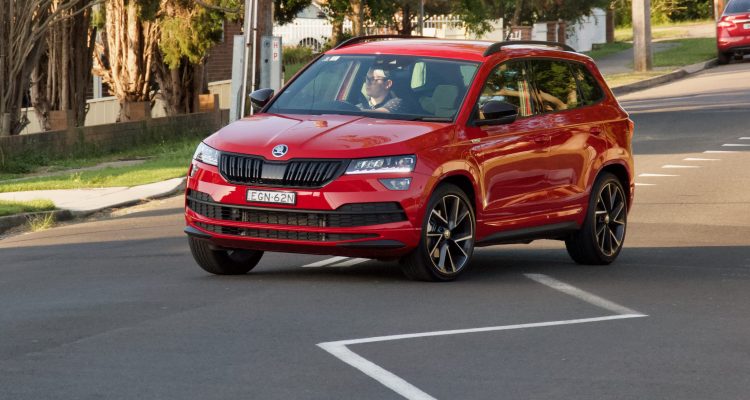
Leave a Reply